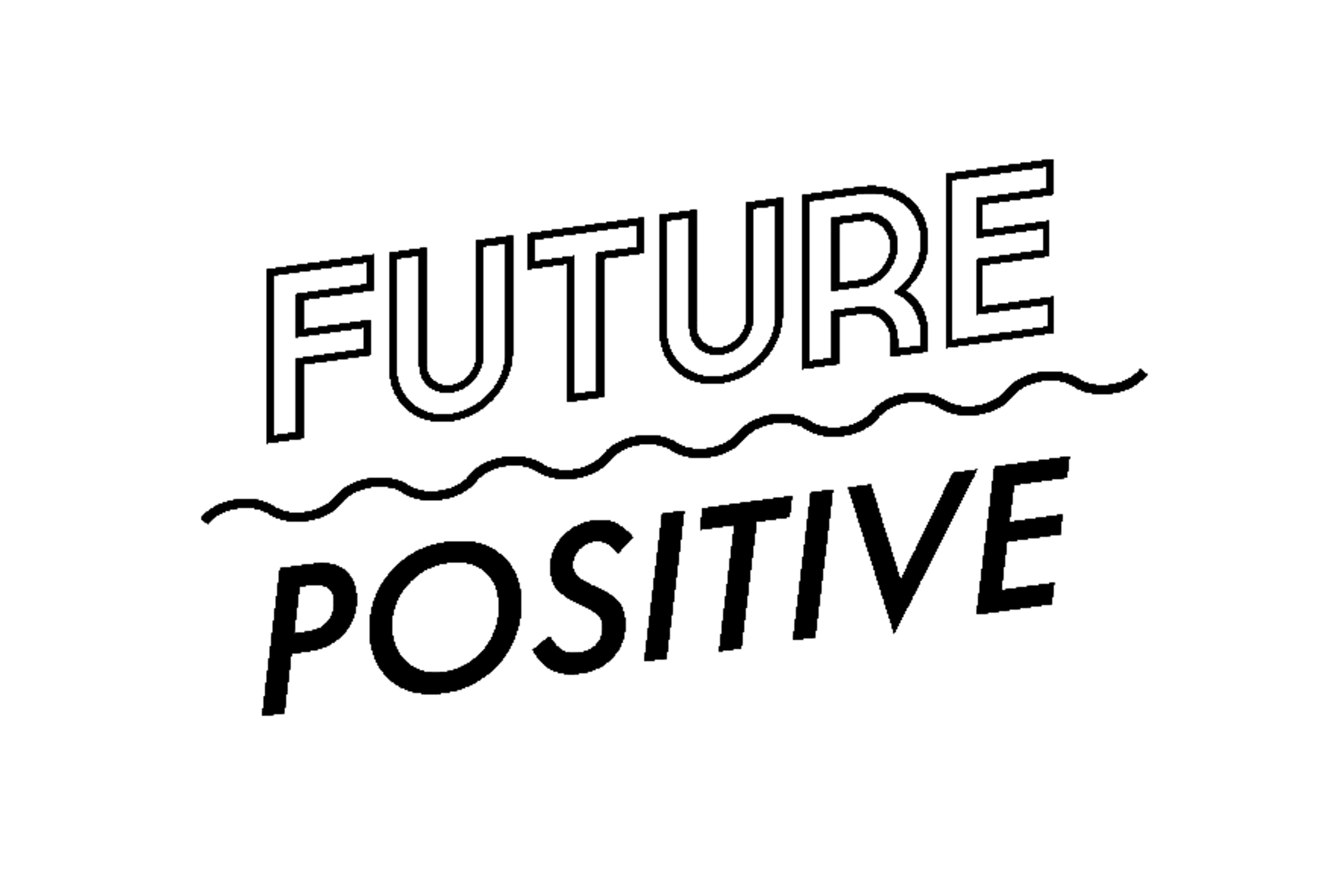The flat lay has become a popular choice for showcasing products, food, clothing, and art. This style of photography involves placing objects on a flat surface, arranging them in a visually appealing manner, and shooting directly above the setup. This technique allows photographers to highlight their main subject in an aesthetically pleasing way. Although this photo styling may look simple to execute, many things happen behind the scenes to ensure the perfect shot.
Mastering flat lay is a great way to expand your photography skills. In this article, we’ll be delving into some tips for taking professional-looking flat lay photos.
Choose a Theme
Before you start arranging your flat lay, it’s essential to decide on a theme or concept. This will help you select appropriate props, backgrounds, and compositions that align with your vision. Consider the mood or message you want to convey, so that you can easily choose objects and colours that complement your theme. Whether you’re aiming for a rustic, minimalist, or vibrant look, your theme will guide the overall aesthetic of your flat lay.
Select the Right Props
Props play a crucial role in flat lay photography. They add visual interest, context, and personality to your composition. When selecting props, consider how they contribute to your chosen theme and enhance the story you want to tell. For instance, if you want your composition to capture your interest in photography, use some of your own gear; if you want to add more items to your flat lay, a camera rental service will have a variety of photography gear like pocket cameras, lenses, and magic arms available. To add depth and dimension to your flat lay, consider incorporating items that vary in size, shape, texture, and colour.
Pick a Flat Lay-Friendly Background
The background you choose can significantly impact the overall look and feel of your flat lay photo. It’s usually best to use a clean, flat surface that complements your theme and allows your subjects to stand out. Solid coloured backgrounds, textured paper, wooden boards, marble slabs, or fabric backdrops are popular choices for flat lay photography. Avoid backgrounds that are too busy or distracting, as they can take the focus away from the items in the flat lay. Don’t be afraid to experiment with different backgrounds, though, as it could help you find the one that best enhances your composition.
Leave Some Space for Text and Graphics
If you plan to add text or graphics to your flat lay photo during post-processing, be sure to leave ample space in your composition for these elements. Consider the placement of your subjects and leave blank areas where text or graphics can be overlaid without cluttering the scene. This space can also help create balance and visual flow in your flat lay. Keep in mind the aspect ratio of your final image, especially if you intend to share it on social media platforms or use it for promotional purposes.
Ensure Good Lighting
Lighting is a crucial aspect of flat lay photography that can make or break your shot. Aim for soft, diffused lighting that illuminates your subjects evenly and minimises harsh shadows. Natural light is often preferred for flat lays, so position your setup near a window or shoot outdoors during the day for the best results. If you’re shooting indoors or in a studio rental, you can use diffusers or sheer curtains to soften harsh light. Furthermore, avoid using direct overhead lighting or extra-bright artificial lights, as they can create unflattering shadows and highlights.
Find a Stable Surface to Shoot From and Take a Few Test Shots
The overhead perspective is a defining characteristic of flat lay photography. Thus, if you want to get that perfect shot, use a stable surface or tripod so that you can position yourself directly above your setup and ensure a consistent angle. Then, before taking your final shot, take a few test shots to adjust the composition, framing, and lighting as needed. Pay attention to the placement of your subjects, the arrangement of props, and any distracting elements in the frame. Review your test shots on your camera’s display or computer monitor to make necessary adjustments before capturing the final image.
Maximise Depth of Field
Achieving a sufficient depth of field is crucial in flat lay photography to ensure that all elements in your composition remain in focus. Use a narrow aperture to increase the depth of field and maintain sharpness throughout the scene. Be mindful of potential trade-offs, however, such as longer exposure times or increased sensitivity to camera shake. Use a tripod to stabilise your camera and minimise blur. Additionally, you can employ focus stacking techniques to combine multiple images with different focus points for maximum sharpness from front to back.
Use Photo Editing Software to Make Thoughtful Adjustments
After capturing your flat lay photo, use photo editing software to refine and enhance the final image. Adjustments may include tweaking brightness, contrast, colours, and sharpness to achieve the desired look. Pay attention to details such as removing distractions, fine-tuning exposure, and correcting any imperfections. Do your best not to over-process the image, as your goal is to aim for a natural and balanced result.
Mastering the art of flat lay photography requires careful attention to detail, creativity, and practice. However, once you’ve perfected it, you’ll be able to come up with visually appealing compositions that will add intrigue to your portfolio. Consider these tips when you’re trying out flat lay photography so that you can produce stunning flat lay images that tell compelling stories and captivate viewers.


